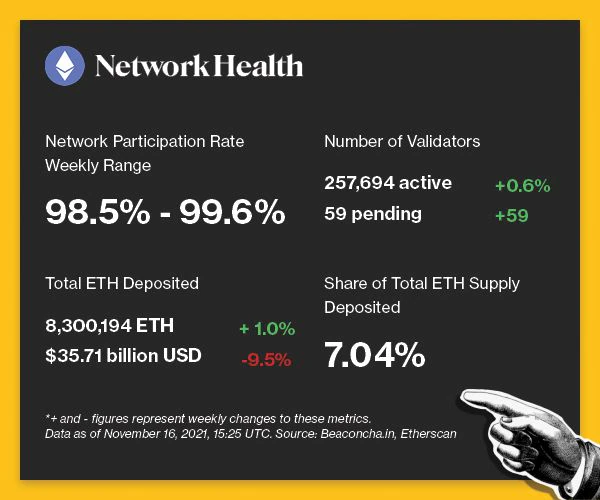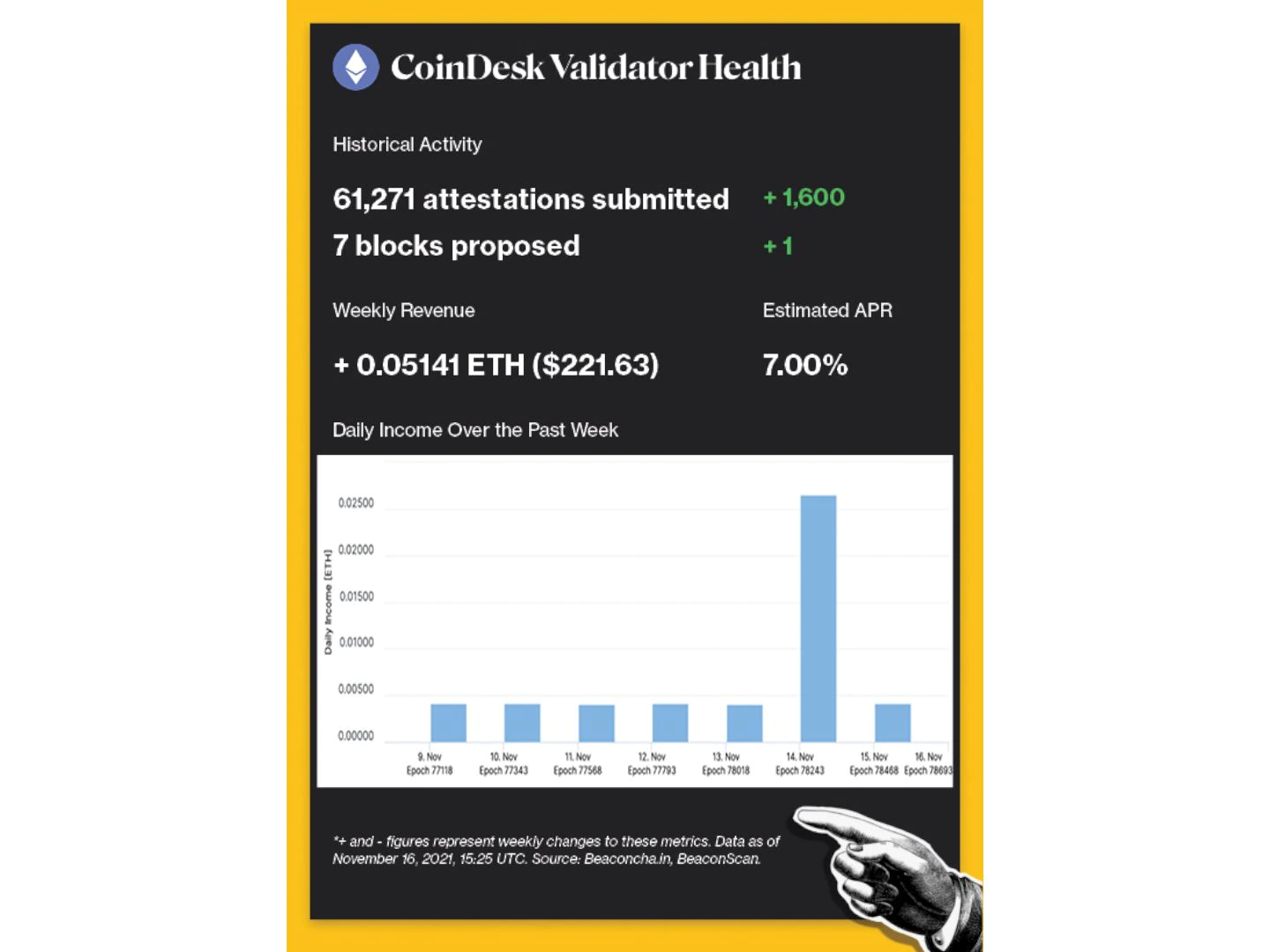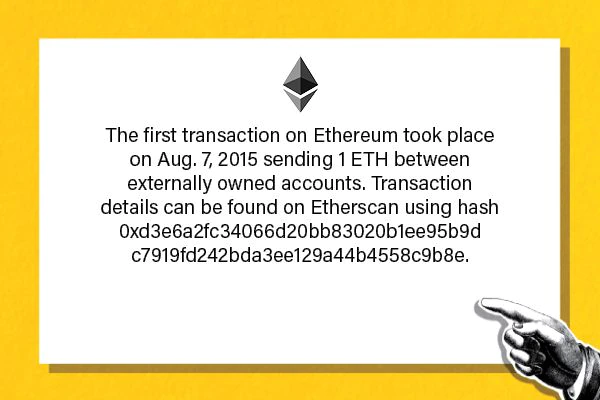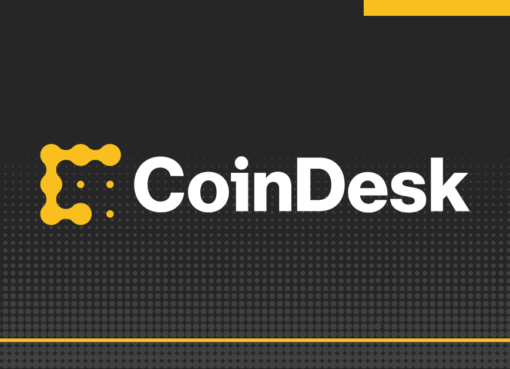Since the launch of initial coin offerings (ICOs) like EOS and Tezos, a steady stream of alternative smart contract platforms have been labeled “Ethereum killers,” immediately pitting them against one another.
During 2021, which has arguably been the biggest year of adoption among these alternative layer 1 protocols, the success of Solana, Avalanche and others has not necessarily come at the expense of Ethereum. In fact, the ecosystems are thriving in parallel with applications deploying on all chains.
This article originally appeared in Valid Points, CoinDesk’s weekly newsletter breaking down Ethereum 2.0 and its sweeping impact on crypto markets. Subscribe to Valid Points here.
Chain-specific total value locked (TVL) is just one measure for DeFi demand, and the most prominent chains have all seen growth rather than competition between one another. At the very beginning of 2021, Ethereum had $21 billion locked in DeFi, accounting for 97% of the multi-chain ecosystem. Fast forward to June 1, and Ethereum’s DeFi TVL grew to $85.6 billion but only represented 73.2% of the overall ecosystem as Polygon and Binance Smart Chain took market share.
Today, Ethereum has $180 billion in DeFi TVL, but its dominance has fallen still further to 66.5%. I would argue that the dominance number is less important in the short term, as Ethereum looks to scale tremendously with the help of Arbitrum, Optimism, Polygon and more. The idea that these other chains are “Ethereum killers” appears to be false, as Ethereum TVL grew almost 9x, while its native token only grew 5.9x.
In the same timespan, Avalanche’s AVAX has grown 25x and Solana’s SOL has grown 148x, helping account for a significant portion of the capital in both ecosystems. Furthermore, Avalanche, Fantom and other chains have used their native tokens to increase DeFi yield and incentivize immediate TVL growth, a move that is relatively impossible for Ethereum and layer 2s to compete with in the coming months.
Capital on Ethereum has been relatively sticky over the last several years, and I think that will ring more true as we end the bull cycle and certain ecosystems lose momentum.
Two scenarios could likely “choose winners” out of the current landscape, including:
- A sustained bear market takes hold as incentive programs run dry and non-innovative projects die out.
- Failures of centralization are highlighted through censorship, regulation or hardware costs.
All this said, I think experimentation with new ecosystems and new technology has been very positive for crypto overall. Encouraging competition will ultimately deliver better solutions to the end users in the long run. In the short run, we have been able to onboard hundreds of thousands of users into crypto who would have been priced out of Ethereum’s base layer.
Welcome to another edition of Valid Points.
Pulse check
The following is an overview of network activity on the Ethereum 2.0 Beacon Chain over the past week. For more information about the metrics featured in this section, check out our 101 explainer on Eth 2.0 metrics.
Disclaimer: All profits made from CoinDesk’s Eth 2.0 staking venture will be donated to a charity of the company’s choosing once transfers are enabled on the network.
Validated takes
- Barbados is working with several “metaverse” companies to establish sovereign land in the digital world. BACKGROUND: Small countries and large corporations have been outspoken in their support of the metaverse, looking to take advantage of being early entrants. Barbados believes that the technology will be a gateway for cultural diplomacy and trade.
- An 8,000-member DAO committed over $3 million to buy a copy of the United States Constitution. BACKGROUND: The idea to buy an original copy of the Constitution stemmed from 10 crypto natives but grew like a wildfire across the industry, with several notable builders, investors and community members joining. The adoption of DAOs has gained popularity by like-minded individuals to crowdsource talent and work toward common goals.
- Paraswap’s Sybil-resistant airdrop outraged past users and the broader crypto community. BACKGROUND: The decentralized exchange router had been hinting at an airdrop for several months before it went live last week. A tough approach to distinguish real users from airdrop hunters and the use of only 7.5% of the supply left many real users of Paraswap on the sidelines.
- The anticipated launch of Rocket Pool was met with demand for decentralized staking. BACKGROUND: In one week, Rocket Pool gathered 3,040 ETH deposits and is running 327 node operators. However, the staking pool will likely only attract stakers most adamant about decentralization, as other staking protocols already have millions of ETH secured.
Factoid of the week
Open comms
Valid Points incorporates information and data about CoinDesk’s own Eth 2.0 validator in weekly analysis. All profits made from this staking venture will be donated to a charity of our choosing once transfers are enabled on the network. For a full overview of the project, check out our announcement post.
You can verify the activity of the CoinDesk Eth 2.0 validator in real time through our public validator key, which is:
0xad7fef3b2350d220de3ae360c70d7f488926b6117e5f785a8995487c46d323ddad0f574fdcc50eeefec34ed9d2039ecb.
Search for it on any Eth 2.0 block explorer site!







